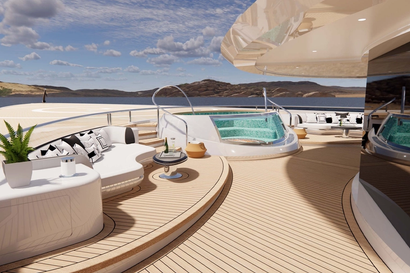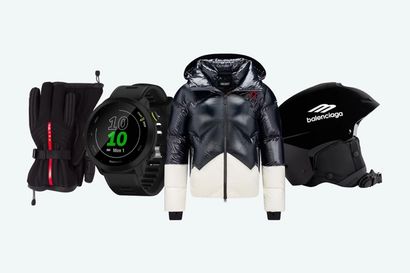I would never try and fill his shoes,” says Dickie Bannenberg. “It would be an utterly impossible shoe-filling exercise.” Dickie is sitting across the table in the boardroom of his studio office in London. His excitable Blue Roan cocker spaniel, Moose, flies past the glass partition, tail wagging furiously. Framed pictures of yachts old and new – big, super and mega – fill the walls.
I am here to discuss the intricacies of yacht design with the company leader of the award-winning designers Bannenberg & Rowell, but as expected – and as hoped – we are reminiscing about Dickie’s father Jon, one of the most incredible men to have graced the yachting industry and a colourful, stylish character.
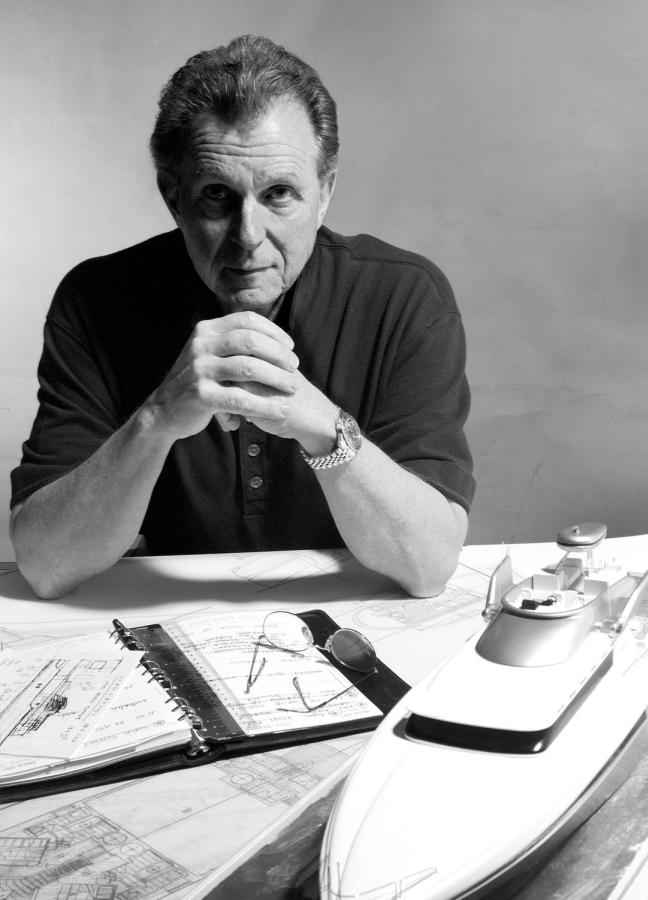
He was taken suddenly from his wife of 42 years, two children and loyal friends by an inoperable brain tumour in 2002, but his legacy lives on in the people he met and the many others who knew him by reputation alone – of which there is a small army. His work ethic is widely regarded as the industry bar. The likes of Terry Tisdale, Andrew Winch and Tim Heywood, fabled names in their own right, all pay homage to Jon’s panache, charm and persuasiveness. It is said that he made Eskimo fridge salesmen look like happy amateurs.
Dickie’s admiration pours out unreservedly. “People used to ask me what it was like working with my father. And it was honestly fantastic – although in truth I worked half a pace behind rather than alongside him. He was the most out-and-out, self-taught designer you could ever hope to meet.”
“People used to ask me what it was like working with my father. And it was honestly fantastic – although in truth I worked half a pace behind rather than alongside him..."
Having thrived in Jon’s creative shadow for 15 years, learning about the industry, Dickie hit the ground running. Under Jon’s leadership the company’s repute spread like wildfire; a fire which Dickie has continued to stoke, with a 12-person-strong team typically working on eight or nine projects at any one time.
The mention of the design team has me itching to see the nuts and bolts of Bannenberg & Rowell. Climbing the metal staircase towards the studio, Dickie explains how the process of ‘building the dream’ is exacted. “It would be very boring of me to say that the thought process that goes into the designs is so varied, but it really is,” he says. “Very few clients actually come in with a brief or list of features they want. It happens once in a blue moon. More often than not, we have to smoke that information out of the client.”
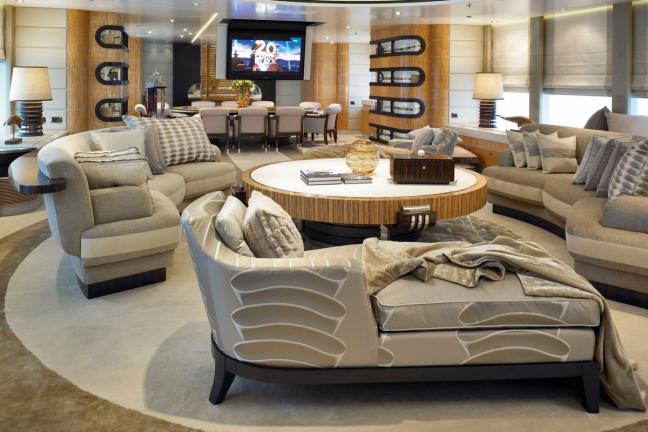
The studio is known for its contemporary approach to design, putting an initial filter in place before a client walks through the front door. For example, it’s unlikely they’ll be after panelled mahogany and glinty chandeliers. “Clients vary hugely,” adds Dickie. “Some get involved the whole way through, while others may only visit four times during the entire design and build process. Personally, the more involvement the better.”
This is one area where Dickie has evolved from his father’s thinking. Jon famously enjoyed it when clients left near all of the execution to him – most notably with Talitha G, a yacht he designed for a client who wasn’t keen on the limelight. The first time the new owner saw her yacht was on the day of delivery – unsurprisingly, she was a masterpiece.
In the Fulham studio, sun floods in through the large windows, 3D models are scattered on surfaces, and the team is busy working on a mammoth project. The white walls are a holistic mosaic of sketches, itemised designs, blueprints and magazine cut outs; a giant creative billboard dedicated to this venture. The design and build is expected to take six years, and with it laid out in this way, you can begin to appreciate the graft that goes into making these floating palaces. We’re used to seeing pristine images of yachts cruising cerulean seas, or moored in Monaco, but you have to dig beneath the surface to find out how they, are made.
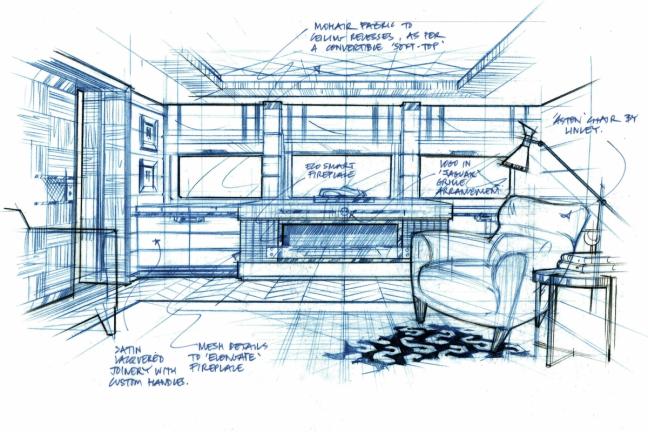
In this small room, teeming with talent, some of the world’s most incredible yachts are conceived. In the corner, working under a tall bright lamp, creative director Simon Rowell is looking over a series of prototypes. In front of senior designer James Carley is a chaotic pile of hand-drawn sketches of exterior paradigms, while with each click of designer Duncan Jackson’s mouse another piece of the interior puzzle falls into place. The lining of drawers, shade of decking panels, configuration of marble, placing of art and plants; every infinitesimal detail is considered, measured and contemplated before the shipyard hands reach for a tool. And, as Dickie points out, it isn’t always plain sailing.
“Anyone spending this sort of money, £30 million and upwards, is of course expecting something supremely bespoke and special. It’s an amazing privilege when someone puts that responsibility in our care. It is our job to give crystalisation to all the things they have dreamt about. There’s a huge deal of expectation.”
“Clients vary hugely. Some get involved the whole way through, while others may only visit four times during the entire design and build process..."
And the dreams are getting bigger, Dickie explains, with an endless list of possible features: pools, helicopter pads, beach clubs… Those freedoms aren’t without limits, though. When building a multi-storey sea-bound villa there are always health and safety concerns to consider.
Looking around the walls, with prints and photos stretching from floor to ceiling, Jon’s continued influence over Bannenberg & Rowell is clear. “As I said, we’d never try and fill my father’s shoes,” says Dickie. “We do, however, absolutely strive to uphold his design-without-boundaries, forward-facing, adventurous, avant garde ethos.”

The one-in-a-million designer is sadly gone, but his legacy and creativity remain.

Become a Gentleman’s Journal Member?
Like the Gentleman’s Journal? Why not join the Clubhouse, a special kind of private club where members receive offers and experiences from hand-picked, premium brands. You will also receive invites to exclusive events, the quarterly print magazine delivered directly to your door and your own membership card.

